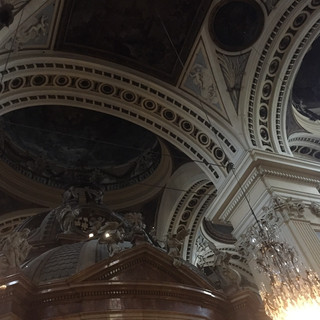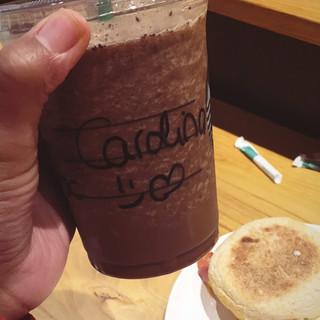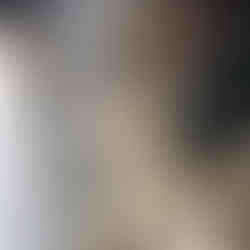GALLERY: Zaragoza
- Brooklynn Cooper
- Mar 23, 2018
- 3 min read
Long time no see! Last weekend I visited Zaragoza, the capital of Aragon. Valencia is still my favorite city, but Zaragoza definitely has the most beautiful architecture I’ve seen here thus far. I also learned a lot of history there!

This is the magnificent Catedral de Pilar. It’s probably the most well-known attraction of Zaragoza. Most cathedrals are named after the virgin being honored inside, but originally Pilar wasn’t the virgin of this church. Mary is physically the biggest virgin inside because historically, this is her cathedral. However, it was named Pilar because she appeared on a pillar (I don’t remember to whom, but I thought this was an interesting fact!). Now there is a statue of the virgin Pilar, but she’s way smaller than Mary—I didn’t even get a picture of her. Something else many people may not know is that the first cathedral built in Zaragoza is La Seo (which translates to “cathedral” from Latin). Here are photos from inside the church!
Just outside the cathedral is El Fuente de Hispanidad, which is a map of Latin America. There’s also a globe in the plaza, and both pay homage to Christopher Columbus and his discoveries (a little strange since he was lost for the majority of his voyage).
About five minutes walking distance from the plaza is a statue of Augustus Caesar. Both he and Columbus have streets named after them around the plaza. A common belief about the statue is that it was erected because this is one of the many cities Caesar founded during his tour through Europe (Zaragoza was founded in 25 B.C.). However, the statue was actually a gift to Spain from Mussolini during WWII. Most of the time, this story isn’t told because its context references a dark time for the country. In addition to Mussolini being a dictator, this was also just after the Spanish Civil War. A more fun fact is that Caesar’s finger is pointing at a leaning tower on one of the nearby buildings (I don’t remember the name of this building, but it was constructed so that this one tower intentionally leaned at the same angle as the Tower of Pisa).

For those wondering how I know all this history, I went on a free walking tour that lasted about three hours. It was one of my favorite parts of the weekend because knowing the significance behind all the sights made my experience a lot more meaningful. This is a selfie of Alexis and me with the tour guide! His name is Diego, and he teaches physical education during the week.
Alexis and I also took a tour of El Palacio de Aljafería, which originally was an Islamic palace built by Muslims before the Spaniards arrived. I don’t remember as much from this tour as I do about the city as a whole, but a lot of the Islamic influences and designs in the palace were covered by Spanish décor once the Spaniards took over the area.
Even though the architecture of Zaragoza is incredible, the origami museum was one of the highlights of the weekend. Origami has always been amazing to me because it’s so cool to think about how people create elaborate shapes just by folding paper, but the pieces here were like nothing I’ve ever seen.
Saturday night we explored El Tubo, which is a section of narrow streets in the city that come alive at night. Diego told us that normally when people call each other looking for one another in El Tubo, they have to say the name of the bar or restaurant they’re in because no one knows the individual street names of that region. We ended up spending a couple of hours in the Rock & Blues Café, where we had 7 euro mojitos! They were more expensive than the drinks are in Pamplona, but definitely worth it.
I’ve hit all the major points of our trip, but here are some random photos I snapped that don’t fit thematically into the other galleries. ¡Hasta luego!





































































































Comments